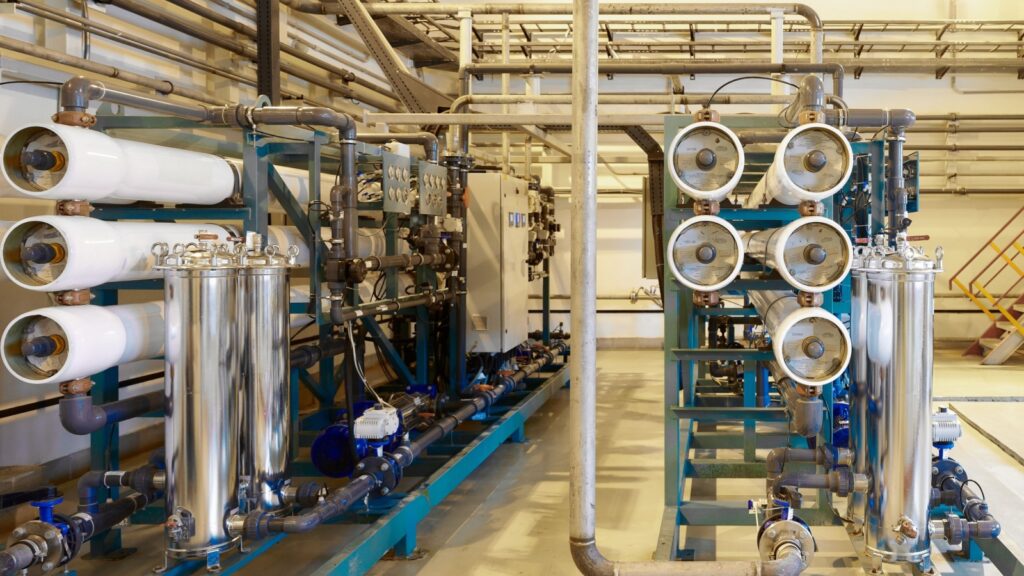From clean energy solutions to life-saving medical innovations, Canadian researchers, companies, and institutions are developing technologies that benefit locals and could help solve massive global challenges. Whether it’s climate change, food insecurity, or antibiotic resistance, these homegrown breakthroughs have the potential to create a more sustainable, healthier, and fairer future for all. Here are 21 Canadian breakthroughs that could solve global problems:
CarbonCure’s Concrete Revolution (Nova Scotia)
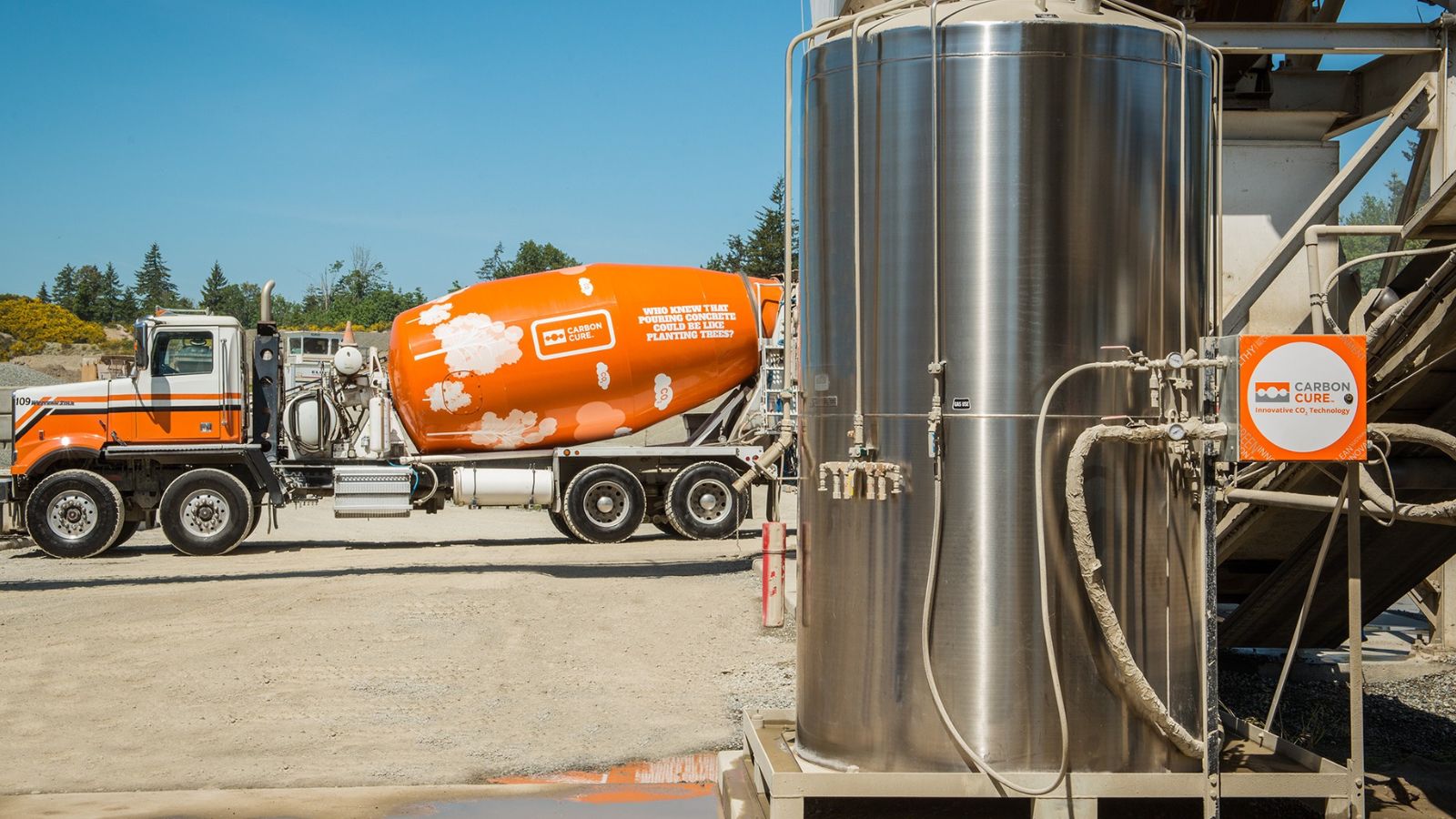
Concrete is the world’s most-used building material, and one of its dirtiest. CarbonCure Technologies, based in Halifax, injects captured CO₂ into concrete during production, locking it in permanently, resulting in lower emissions and stronger concrete. It is already being used in projects across North America, including Amazon headquarters and major highways. With cement responsible for up to 8% of global CO₂ emissions, CarbonCure’s scalable solution could transform the construction industry worldwide.
Medicago’s Plant-Based Vaccines (Quebec City)

While most vaccines rely on eggs or synthetic cells, Medicago developed the world’s first plant-based COVID-19 vaccine, using a relative of the tobacco plant. The process is faster, more scalable, and less vulnerable to supply chain issues than traditional methods. Though the company faced regulatory delays, the underlying technology remains revolutionary, as plant-based vaccines could dramatically increase access to low-cost immunization in developing countries. With growing interest in non-animal-based biotech, Medicago’s innovation represents a major step forward in global vaccine production and pandemic readiness.
Deep Genomics’ AI for Drug Discovery (Toronto)
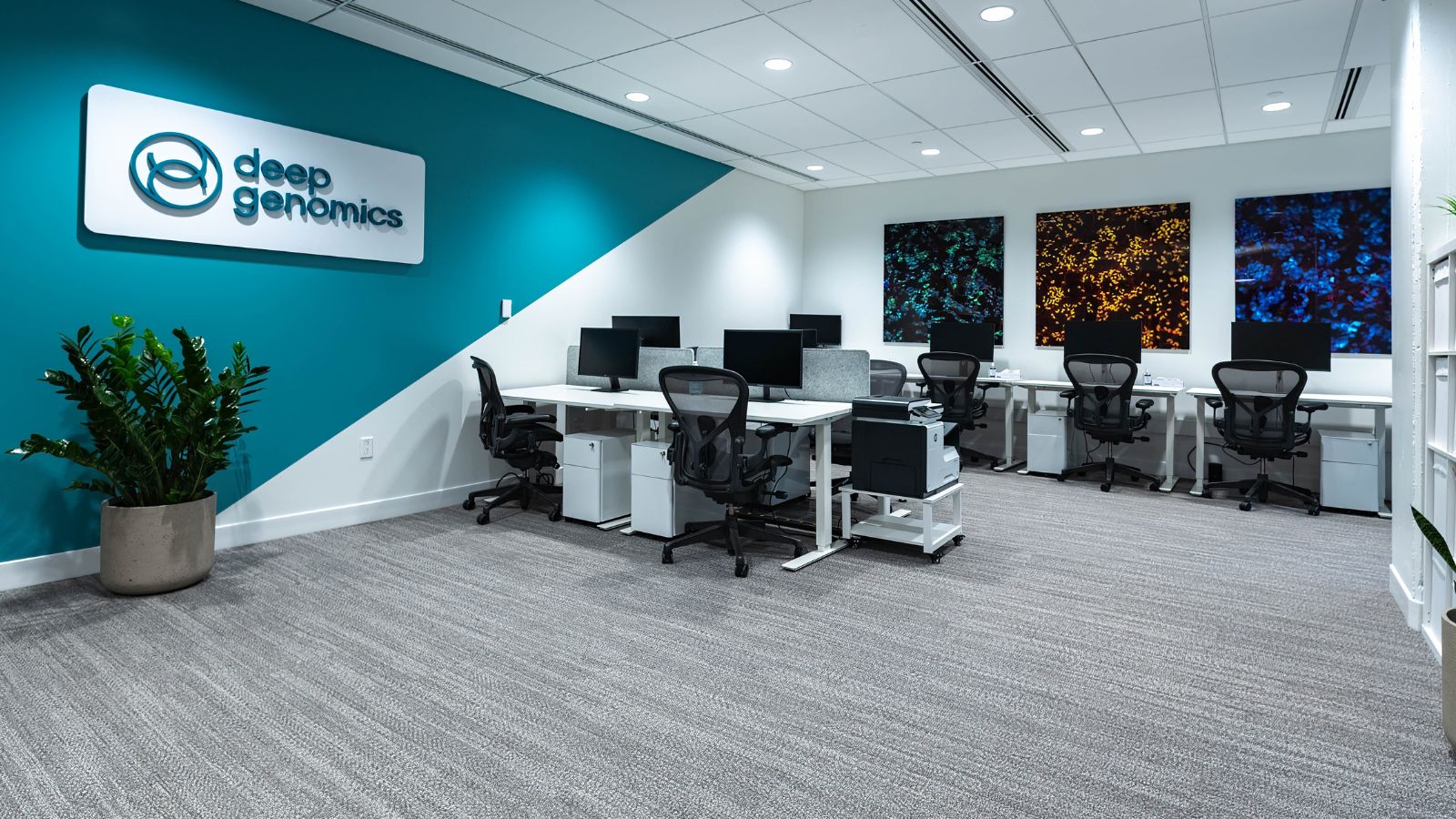
Finding new drugs typically takes over a decade, but Deep Genomics is using artificial intelligence to collapse that timeline. Based in Toronto, the company’s AI platform identifies genetic mutations and predicts how they respond to various treatments, helping researchers pinpoint promising therapies faster. Their first drug candidate for Wilson disease went from concept to clinical trials in record time. As healthcare systems globally face rising costs and urgent treatment needs, this Canadian approach to precision medicine could revolutionize how new drugs are discovered and delivered.
General Fusion’s Zero-Emission Energy (Burnaby, BC)

Nuclear fusion has been the holy grail of clean energy for decades, and Burnaby-based General Fusion is closer than most to making it a reality. Backed by Jeff Bezos and the Canadian government, the company’s magnetized target fusion technology aims to produce energy with zero carbon emissions, without meltdown risk, and minimal radioactive waste. Their pilot plant in the UK is underway, but the innovation is entirely Canadian. If successful, it could offer limitless clean power to a world desperate for alternatives to fossil fuels.
BlueDot’s Early Pandemic Warning System (Toronto)

Before the world knew about COVID-19, BlueDot’s AI platform had already flagged it. The Toronto company uses machine learning to track infectious diseases in real time, scanning over 100,000 sources in dozens of languages. It detected the Wuhan outbreak nine days before the WHO issued a public alert, and in a world increasingly vulnerable to pandemics, BlueDot’s system could become a critical tool for governments, health agencies, and even airlines to prepare and respond faster. This Canadian-made tech might just be our best early warning system against the next global outbreak.
Svante’s Carbon Capture at Scale (Burnaby, BC)
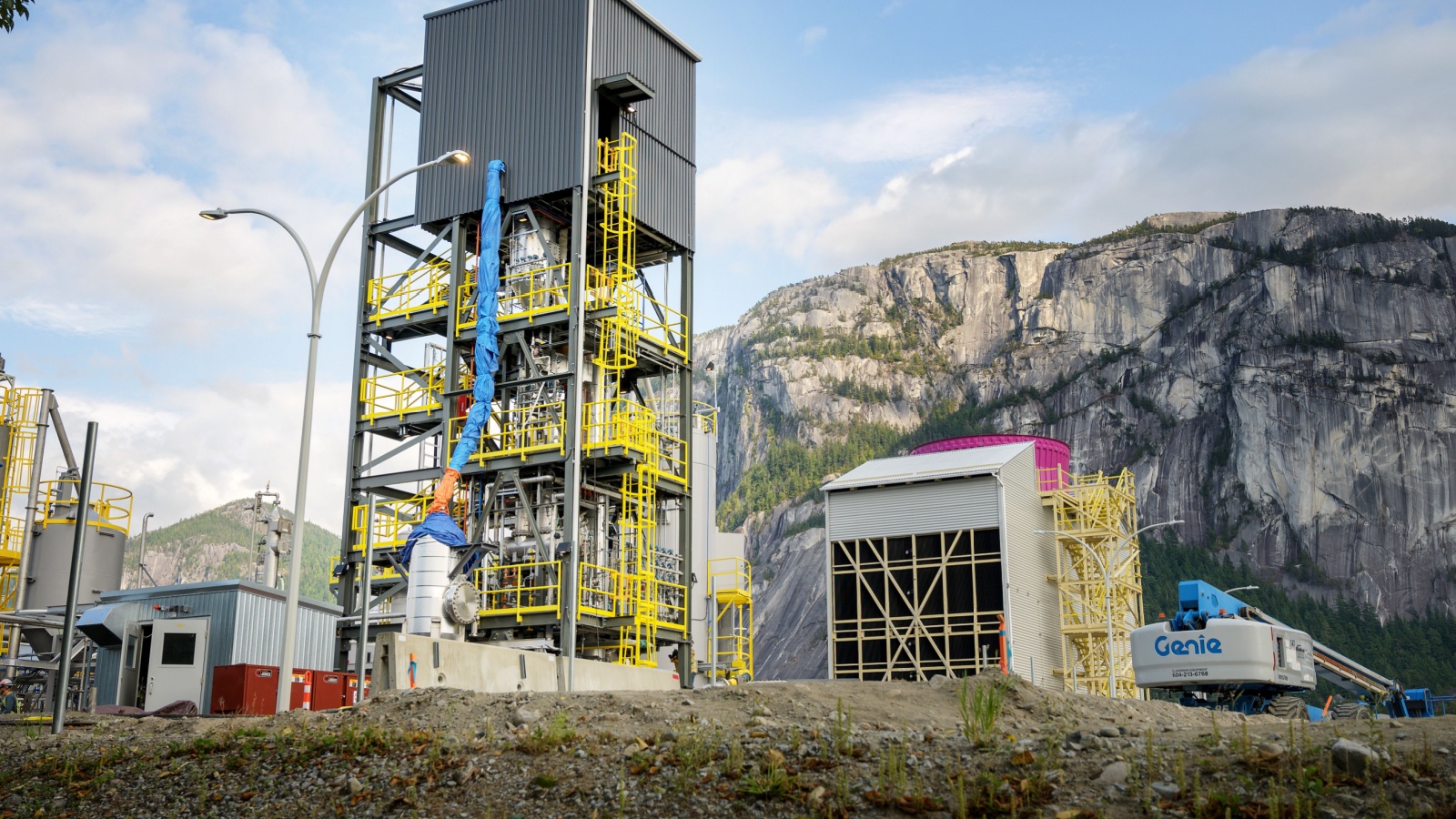
While many carbon capture solutions are too expensive or complex to scale, Svante has developed a system that uses solid adsorbent filters to trap CO₂ directly from industrial sources. It is faster, cheaper, and easier to deploy, making it practical for cement, steel, and hydrogen plants. With major backing from companies like Chevron and Chart Industries, Svante’s tech could be installed at facilities around the world, drastically cutting industrial emissions. This is the kind of Canadian innovation with the potential to decarbonize some of the planet’s hardest-to-clean sectors.
University of Saskatchewan’s Vaccine Innovation Hub

The Vaccine and Infectious Disease Organization (VIDO) at the University of Saskatchewan has become a global leader in zoonotic disease research, which are those that jump from animals to humans. VIDO developed one of the first COVID-19 vaccines tested in animals and is building Canada’s first Level 3 biomanufacturing facility. With expertise in coronaviruses, livestock vaccines, and respiratory pathogens, this Canadian center is set to help lead the global response to the next pandemic. Its research could be critical in preventing the next spillover event before it spirals out of control.
NorthWater’s Iceberg Harvesting (St. John’s, Newfoundland)

As freshwater scarcity worsens worldwide, one Canadian company is tapping into icebergs, which is an unlikely source. NorthWater harvests pristine freshwater from drifting glacial ice off Newfoundland’s coast before it melts into the ocean. The company bottles it for luxury markets, but the larger implication is profound, as this technique could offer new models for water sourcing in drought-prone regions. With climate change increasing iceberg calving, Canada may lead the way in responsibly harvesting a naturally occurring and previously wasted resource, while also advancing dialogue on ethical water access and conservation.
GHGSat’s Emission Monitoring Satellites (Montreal)

Montreal-based GHGSat operates the world’s first satellite fleet capable of detecting methane emissions from individual industrial facilities. This means pinpointing leaks from oil rigs, landfills, and farms with unprecedented precision, and with methane being over 80 times more potent than CO₂ in the short term, real-time detection is essential. GHGSat is already partnering with governments and companies globally to track emissions and enforce accountability. Their innovation makes it harder for polluters to hide and easier for the world to act, and this technology is revolutionizing climate transparency from orbit.
Boreal Genomics’ Rapid Cancer Detection (Vancouver)
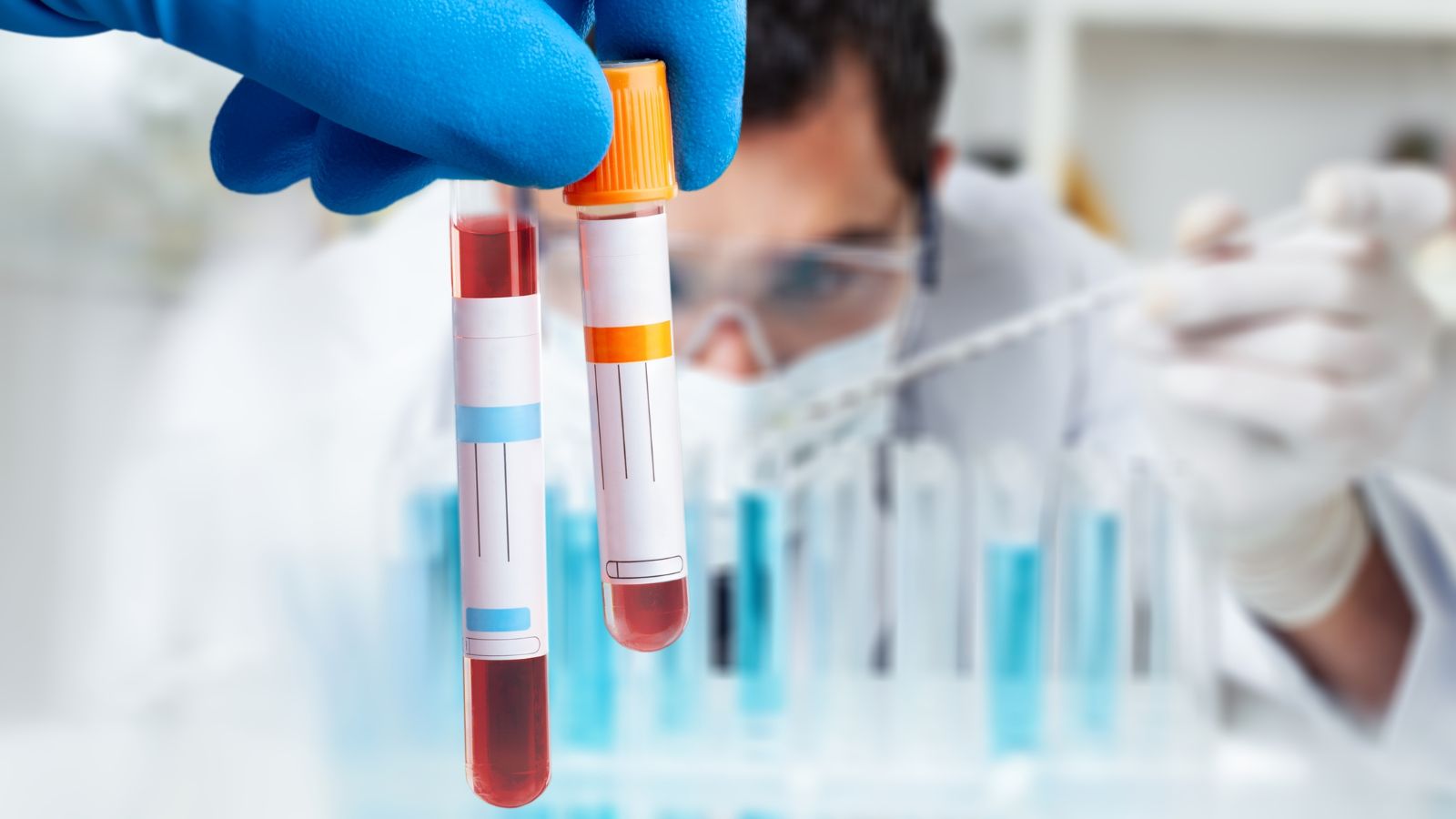
Boreal Genomics has developed ultra-sensitive liquid biopsy technology that detects cancer mutations from a simple blood draw, without invasive procedures. Their platform identifies genetic fragments shed by tumors, making early detection and real-time monitoring more accessible, which could dramatically improve outcomes for patients globally, especially in regions where advanced imaging is unavailable. The company’s technology also allows for more personalized cancer treatment, as doctors can adjust therapies based on evolving genetic data, while offering new hope in the fight against cancer worldwide.
Loop Energy’s Hydrogen Truck Engines (Burnaby, BC)
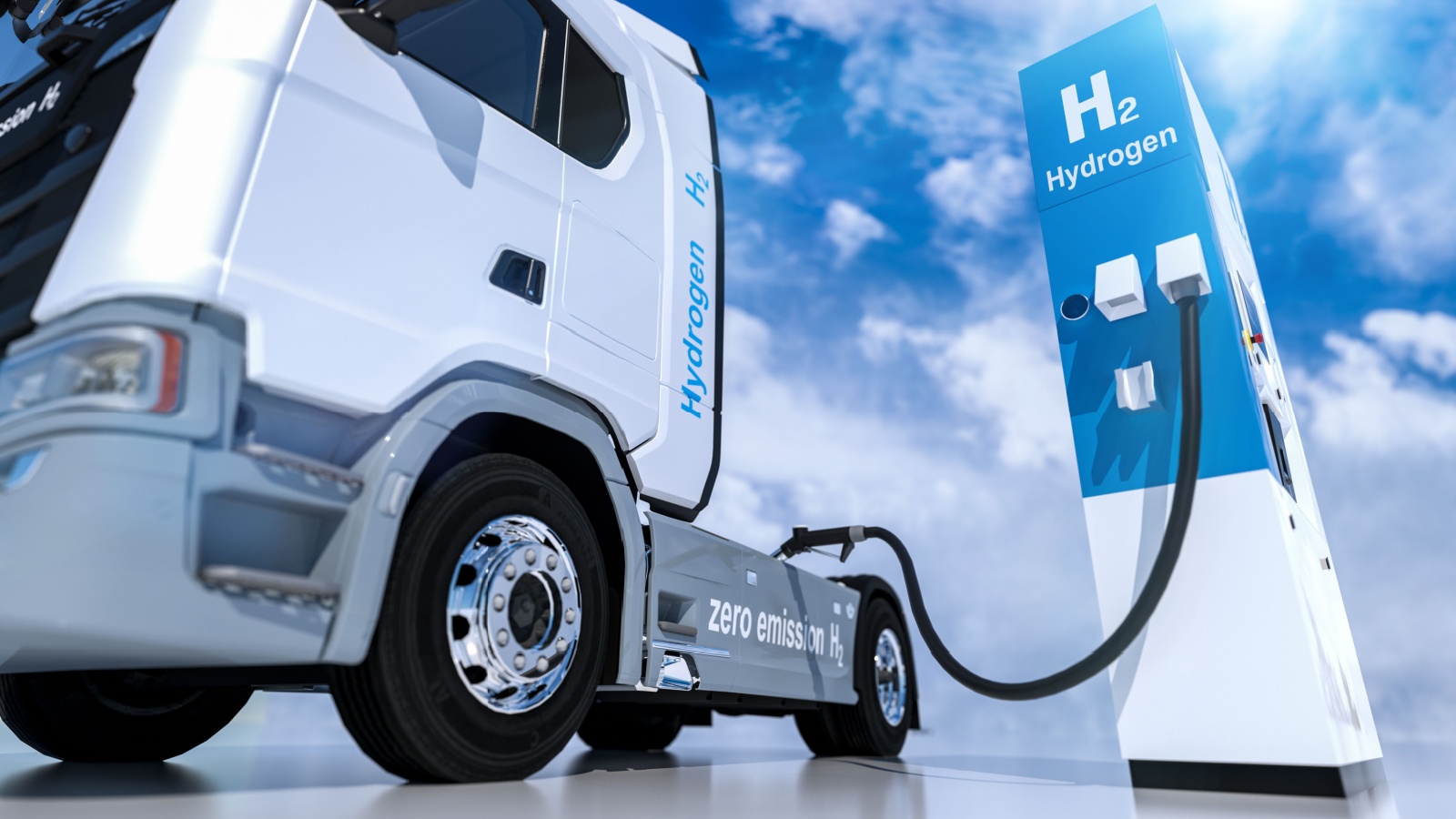
Loop Energy is creating next-gen hydrogen fuel cell engines explicitly designed for commercial trucks and buses. Unlike electric vehicles, which require long charging times and heavy batteries, Loop’s engines provide fast refueling and long range, which is ideal for long-haul freight. With global transportation emissions climbing, hydrogen-powered fleets offer a cleaner alternative, and Loop’s patented eFlow™ design increases fuel efficiency and durability, making it viable for widespread adoption. As countries look to decarbonize logistics, this Canadian breakthrough could help the world move goods without moving the needle on climate change.
Precision AI’s Autonomous Crop Spraying (Regina, Saskatchewan)
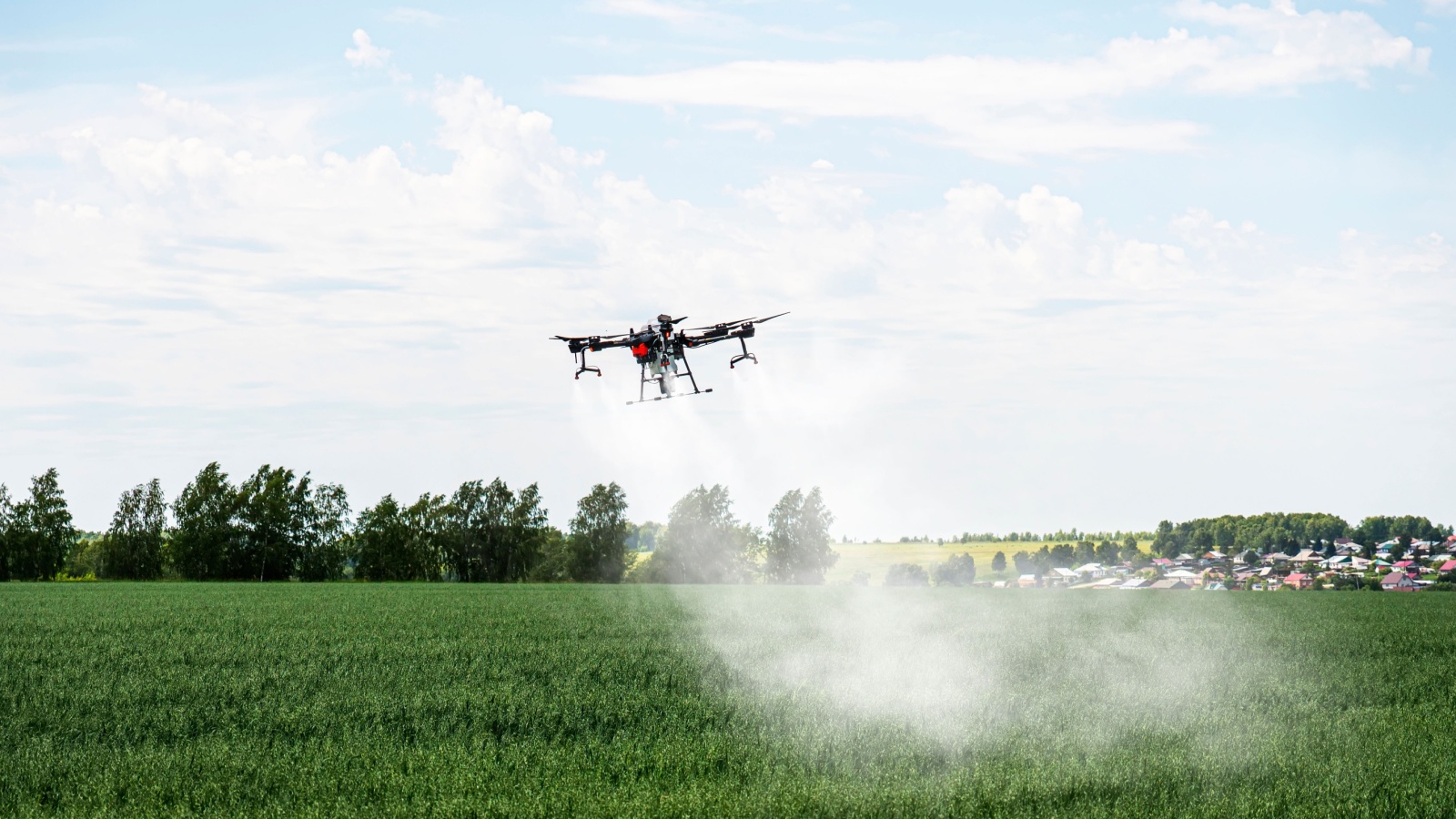
Pesticide overuse is a global issue, harming both human health and ecosystems, and Regina-based Precision AI is changing that with drones powered by computer vision that can identify and target individual weeds, spraying only where needed. This has resulted in up to 95% fewer chemicals used, thanks to a precision agriculture method that not only saves farmers money but also protects surrounding soil and water systems. With food production under pressure to become both more efficient and sustainable, Canada’s contribution to AI-driven farming could help feed the world without poisoning it.
Ecobee’s Smart Home Energy Efficiency (Toronto)

Founded in Toronto, Ecobee pioneered the smart thermostat market by helping homes adapt energy use based on occupancy, weather, and daily habits. But its environmental impact is what really stands out, as the company estimates its devices have saved customers over 20 terawatt-hours of electricity, which is equivalent to taking millions of cars off the road. As global energy demand climbs and urban populations grow, Ecobee’s Canadian innovation provides a model for integrating intelligent energy-saving technology into everyday life.
Conavi’s 3D Heart Imaging (Toronto)

Conavi Medical, a Toronto-based company, is making waves in cardiology with its 3D imaging technology that allows doctors to see inside coronary arteries in real time. Their hybrid system combines ultrasound and optical coherence tomography, helping surgeons make more informed decisions during procedures. This is especially critical in treating heart disease, which is the world’s leading cause of death. Conavi’s technology improves accuracy, reduces complications, and shortens recovery time. It is already used in hospitals internationally as it has the potential to elevate heart care on a global scale.
CleanO2’s Carbon-Capturing Furnace Tech (Calgary, Alberta)

CleanO2 has created the world’s first carbon-capturing technology for commercial heating systems, turning CO₂ emissions into soap. Their innovation, dubbed the CARBiN-X unit, captures carbon directly from building heating systems and converts it into a solid called potassium carbonate, which they use to make cleaning products. It is already installed in hotels, schools, and rec centers across North America. With heating systems accounting for a considerable chunk of urban emissions, CleanO2’s made-in-Canada technology is offering a tangible, low-cost way to decarbonize cities one furnace at a time.
Cyclic Materials’ Rare Earth Recycling (Kingston, Ontario)

Kingston-based Cyclic Materials is solving one of the tech world’s biggest supply chain problems of how to source rare earth elements sustainably. These elements power everything from EV motors to smartphones, but mining them is dirty, expensive, and geopolitically fraught. Cyclic Materials has developed a circular process to recover rare earths from end-of-life electronics and magnets, cutting both waste and emissions. Their technology helps reduce dependence on foreign mining and makes clean tech truly cleaner. I global electrification is the goal, this Canadian innovation could become indispensable.
Notch Therapeutics’ Cell Therapy Platform (Vancouver, BC)
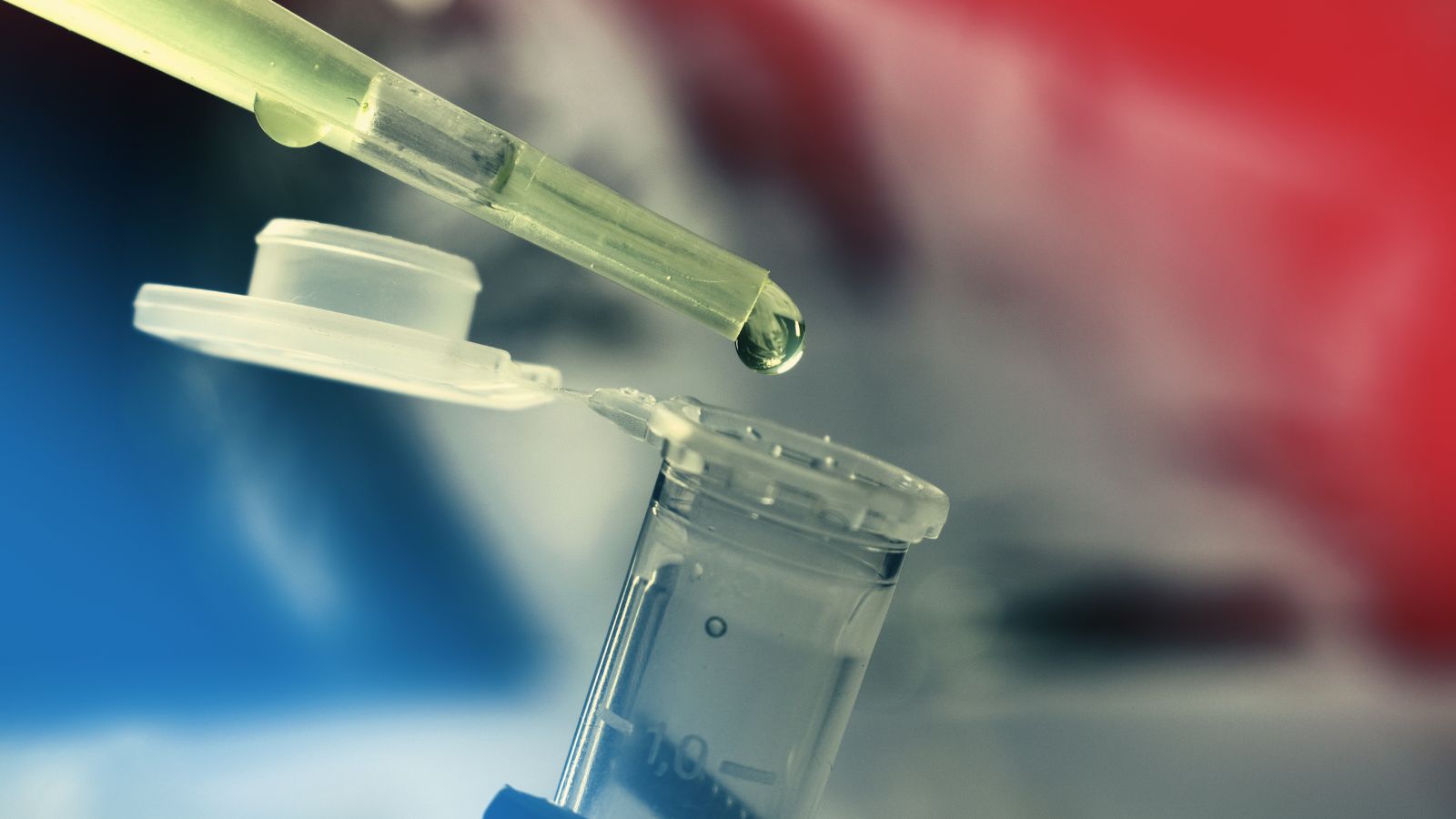
Notch Therapeutics is pioneering a scalable platform for creating immune cell therapies from pluripotent stem cells, essentially manufacturing immune cells that fight cancer. Unlike traditional cell therapies, which require cells from each individual patient, Notch’s approach aims for off-the-shelf treatments that could reach far more people. The implications are global, as it could offer accessible, cost-effective cancer immunotherapies for underserved populations and healthcare systems.
Bug Mars’ Protein from Insects (Montreal, Quebec)

As the world scrambles to feed a growing population without further damaging the environment, Montreal’s Bug Mars is leaning into insects. The company transforms crickets and mealworms into high-protein flour and food additives that are rich in nutrients, low in emissions, and require a fraction of the water and land traditional livestock need. Their production facilities are highly efficient, and their products are gaining traction in both human and pet food markets.
Kraken Robotics’ Ocean Floor Mapping (St. John’s, Newfoundland)
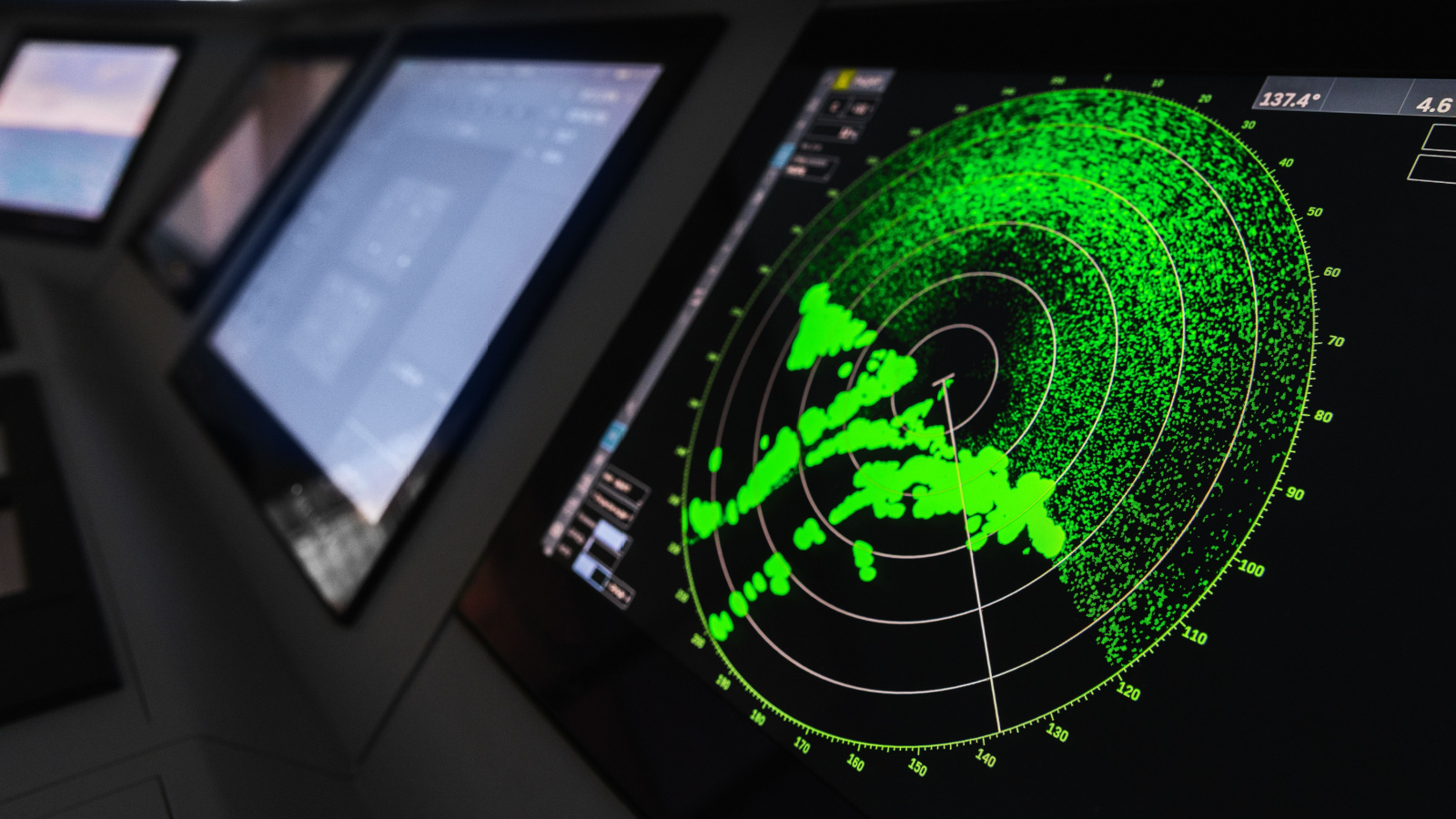
St. John’s-based Kraken Robotics is giving scientists and governments the tools to better understand and protect our oceans. Their ultra-high-resolution sonar systems and autonomous underwater vehicles can map the seabed with stunning clarity, offering data that is critical for everything from climate science and underwater archaeology to tracking illegal fishing and laying fiber-optic cables. As climate change accelerates sea-level rise and marine biodiversity loss, Kraken’s technology is helping the world make smarter, faster decisions about our most vital and underexplored ecosystem.
Pani Energy’s AI for Water Utilities (Victoria, BC)

Victoria-based Pani Energy is using artificial intelligence to help water treatment plants run smarter and cleaner. Their cloud-based platform analyzes data from sensors in real time to optimize energy use, chemical dosing, and system performance, cutting both operational costs and environmental impact. In places where water infrastructure is aging or stretched thin, Pani’s software helps facilities do more with less. As water demand surges and climate pressure intensifies, this Canadian company’s intelligent systems are offering scalable solutions for a resource the world cannot afford to waste.
Oneka Technologies’ Wave-Powered Desalination (Sherbrooke, Quebec)

Sherbrooke-based Oneka Technologies is tackling global water shortages with floating desalination units powered entirely by ocean waves. These autonomous platforms remove salt from seawater without any external electricity or fossil fuels, offering a sustainable source of drinking water for coastal regions. Already deployed in pilot projects across North America and the Caribbean, Oneka’s technology holds game-changing potential for island nations, disaster zones, and climate-stressed communities. Clean water powered by clean energy is the kind of systems-level thinking the world needs, and it’s coming straight out of Canada.
21 Products Canadians Should Stockpile Before Tariffs Hit

If trade tensions escalate between Canada and the U.S., everyday essentials can suddenly disappear or skyrocket in price. Products like pantry basics and tech must-haves that depend on are deeply tied to cross-border supply chains and are likely to face various kinds of disruptions
21 Products Canadians Should Stockpile Before Tariffs Hit
